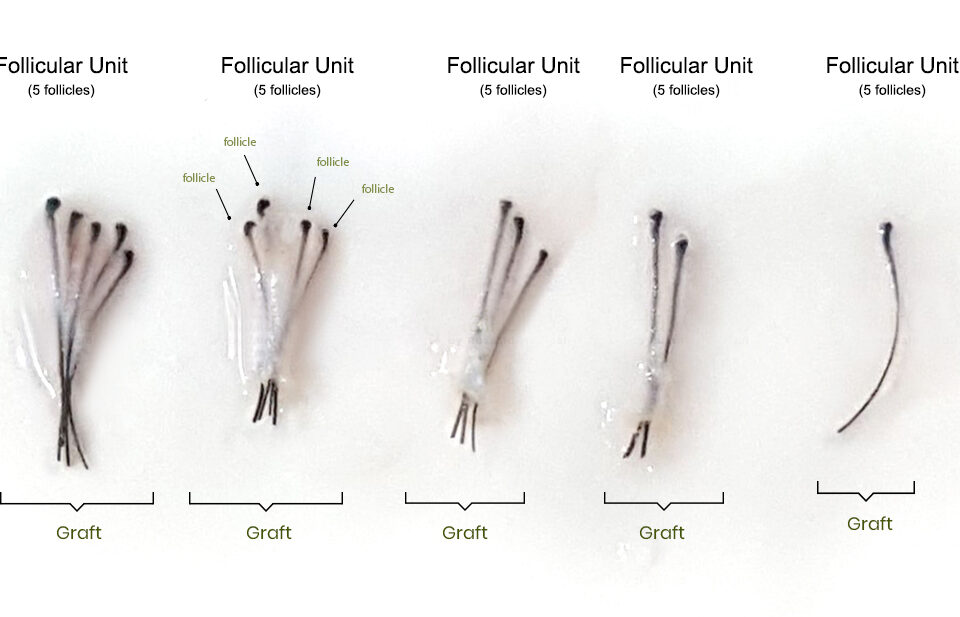- Kartaltepe Mahallesi İncirli Caddesi Limon Çiçeği Sokak No: 1 34145 Bakırköy İstanbul
- +90 541 548 52 47

What is dermis?
27/09/2022
When can we see the final result in hair transplantation?
27/09/2022A graft is a general term for any piece of hair-bearing tissue transplanted into the scalp. All are technically considered grafts, whether they are a modern follicular unit, a mini-micro, or an older type. Grafts can be taken from any part of the body, but they are usually chosen from the occipital scalp, that is, from the area of the head between the two ears, known as the donor area. Their overall dimensions and shapes are determined by technology, instruments and surgical approach.
How is a graft obtained?
Generally, hair grafts are created by taking tissue from the donor area. The ultimate goal is to remove the small amount of tissue that can grow the hair and transplant it to the scalp where it needs to grow, i.e. the recipient scalp. The tissue that carries hair from the donor area, either in the form of a completely fleshy strip, we call it follicular unit surgery or FUT, or we transfer the follicular units directly from the donor area one by one with the FUE method.
In FUT hair transplantation, which we now exclude and think has less advantages for the patient and the grafts, the grafts are removed from the donor area in strips. After the strip is removed from the occipital scalp, the follicular units are separated from the donor strip using stereoscopic dissecting microscopes, then transplantation is performed. FUE, on the other hand, allows us to plant without having to remove a donor strip, as today’s gold standard. Instead, the follicular units are individually removed directly from the recipient’s scalp. These follicular units are then preserved and transplanted into the scalp.
How Do Grafts Survive?
It is very important that most hair grafts are taken from their original areas and transplanted to the scalp of the recipient as professionally as possible. Unfortunately, a number of factors can affect this:
Dehydration – studies have shown that a graft can survive on average for around 16 minutes in a dry environment without “significant death or loss”. Storing them in a liquid solution such as saline or HypoThermosol fixes this problem and increases their lifespan.
Temperature – one of the primary factors contributing to dehydration is temperature. A 2007 study showed that keeping follicular units to 1°C can significantly prolong survival rates, especially compared to storage at room temperature. In fact, a 2002 study revealed that grafts frozen for 14 days at -20°C did not show any damage.
Oxygen supply- ATP is a process by which the body breaks down oxygen in the blood and converts it into energy. This condition occurs almost anywhere energy is wasted, including hair. Follicular units are deprived of oxygen when removed from the donor site; The ATP process is interrupted. Therefore, if the follicular units are deprived of oxygen for too long, they fail and die.
The right choice – the occipital scalp contains the strongest donor hair. If we choose the hair from the scalp or other parts of the body, the hair may not be that durable. In worst-case scenarios, the donor hairs themselves will be prone to deterioration over time.




